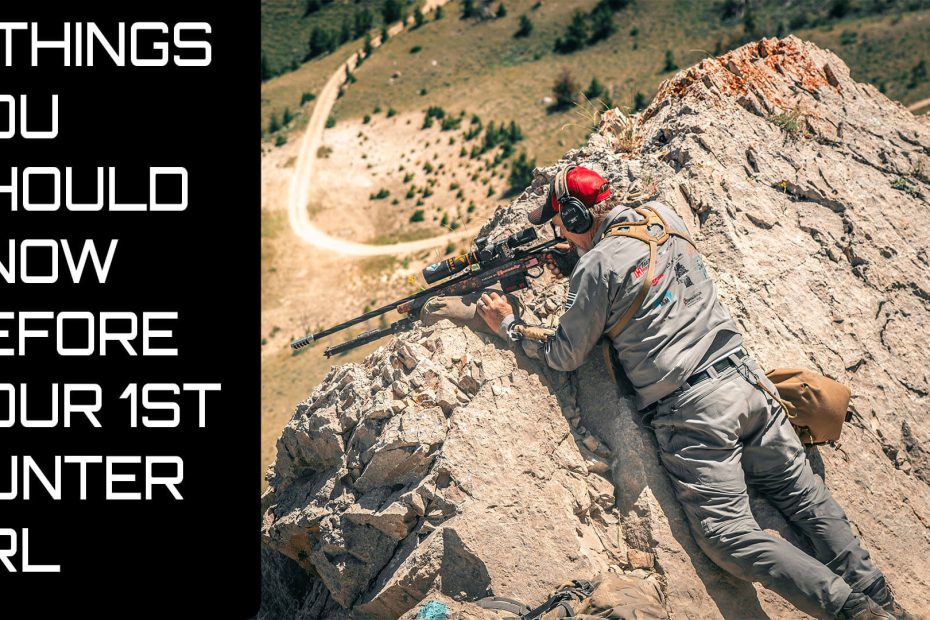Introduction to the Hunter NRL
I recently had the privilege of shooting the GUNWERKS Hunter NRL match in Cody, Wyoming with none other than Bennie Cooley, a top-tier multi-division champion shooter who trains tier-one guys in his spare time. Bennie won the Hunter NRL Factory Division Series last year and is a contender to win it again this year. The event took place in the stunning and steep landscapes of Cody, Wyoming, and it was nothing short of extraordinary. The steep angles, unpredictable winds, and diverse targets tested every ounce of our skill and preparation.
Check out our Video with Detailed Gear Review
How the Hunter NRL Works
The Hunter NRL is designed to replicate real hunting scenarios, pushing participants to their limits. Each shooter is given four minutes to set up their gear, locate and range the targets, load their rifle, and engage the targets, sometimes from multiple positions. You don’t get to see the stages until your four minutes start so you go in completely blind not knowing how far you’ll be shooting or what gear you’ll need to be successful.
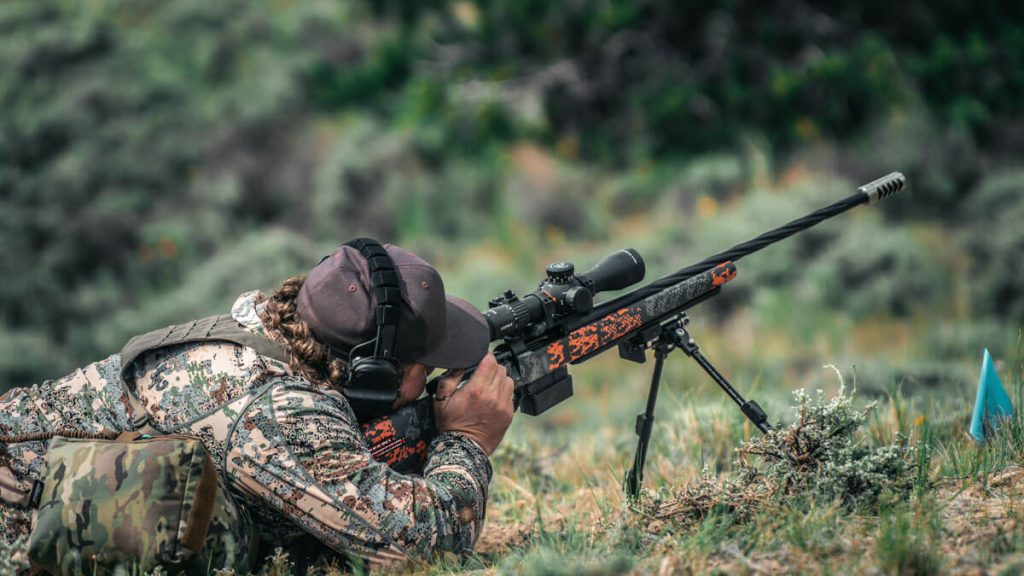
The targets aren’t painted and are often hidden. Quality optics and the skill to use them can’t be overstated. This tight time constraint means efficiency and precision are paramount. Points are awarded based on hits, with first-round hits earning two points and second-round hits earning one. The four minutes go by faster than can be imagined.
11 Essential Lessons Learned from the Hunter NRL
1 Rifle Consistency
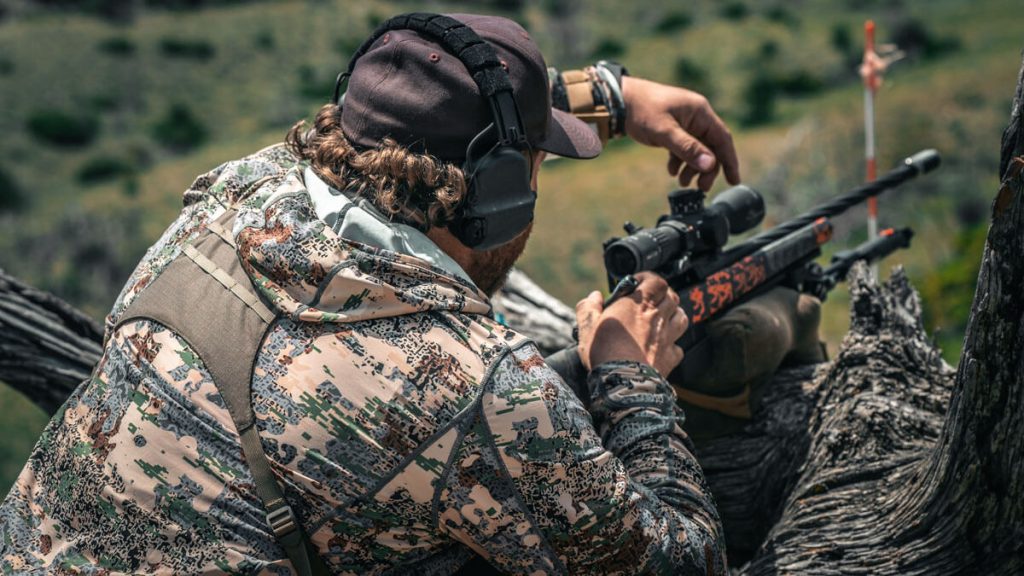
- Ensure your rifle shoots consistent groups and maintains the same point of impact from a tripod as from a bipod and from a bag. Consistency is key in these matches as sometimes you’ll be engaging the same targets from multiple positions.
2. Ammunition Reliability
- Use consistent ammunition. Hand-loading can help achieve this, but factory ammo that performs consistently can also work. Ammo that has high extreme spreads is frustrating to shoot matches with as you’ll get vertical stringing due to velocity inconsistencies. A chronograph is probably really a necessity to check your ammo with.
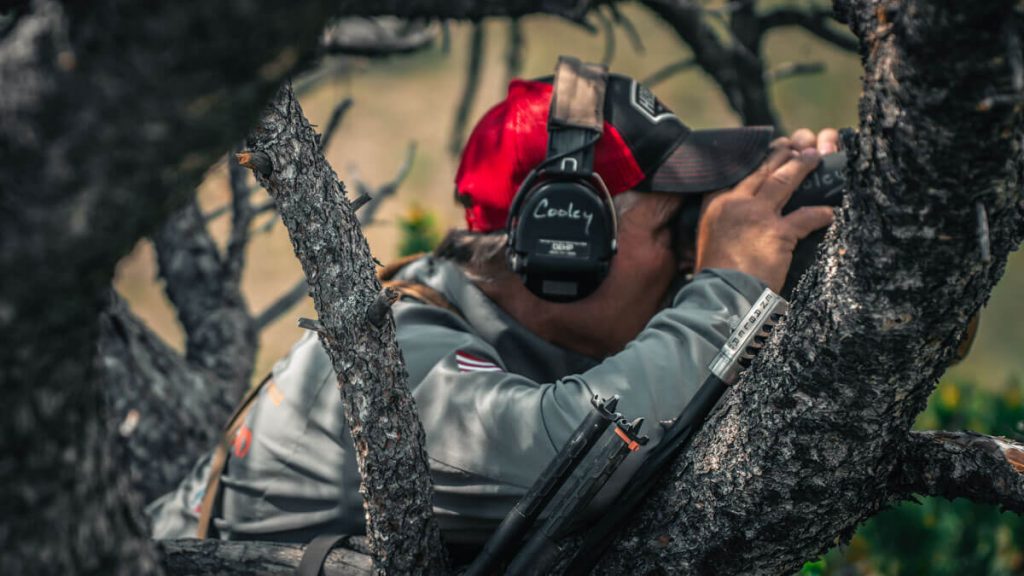
3. True Your Rifle
- Spend time truing your rifle to ensure your ballistic calculator provides accurate data that actually matches what happens downrange.
4. Quality Scope
- Invest in a quality scope that returns to zero and tracks accurately. Clear optics and reliable tracking are crucial for hitting targets at varying distances. Especially during changing light and weather conditions.
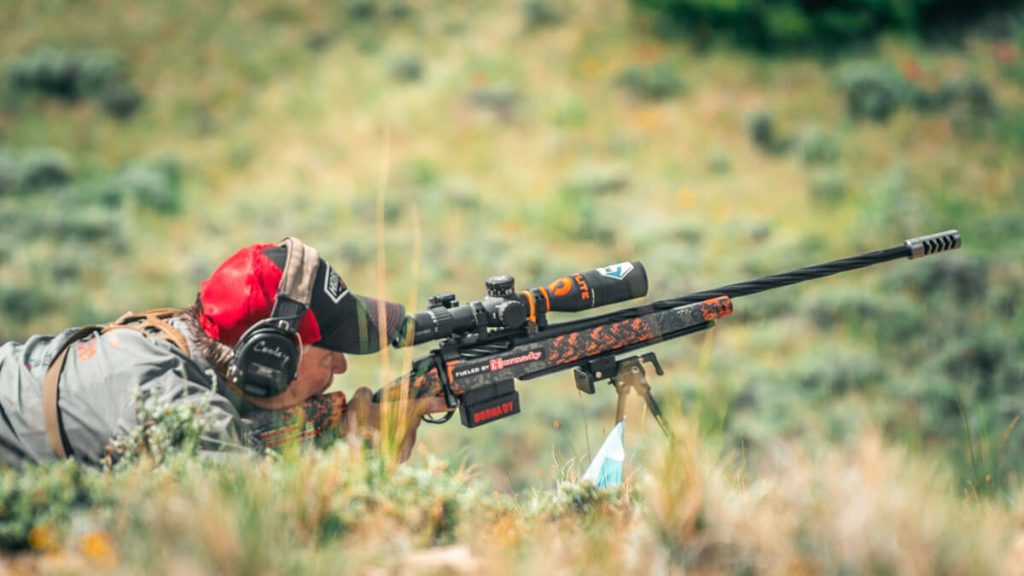
5. Level on Your Gun
- Use a level on your scope or rifle to avoid canting errors, especially in mountainous terrain where it’s hard to judge level by eye.
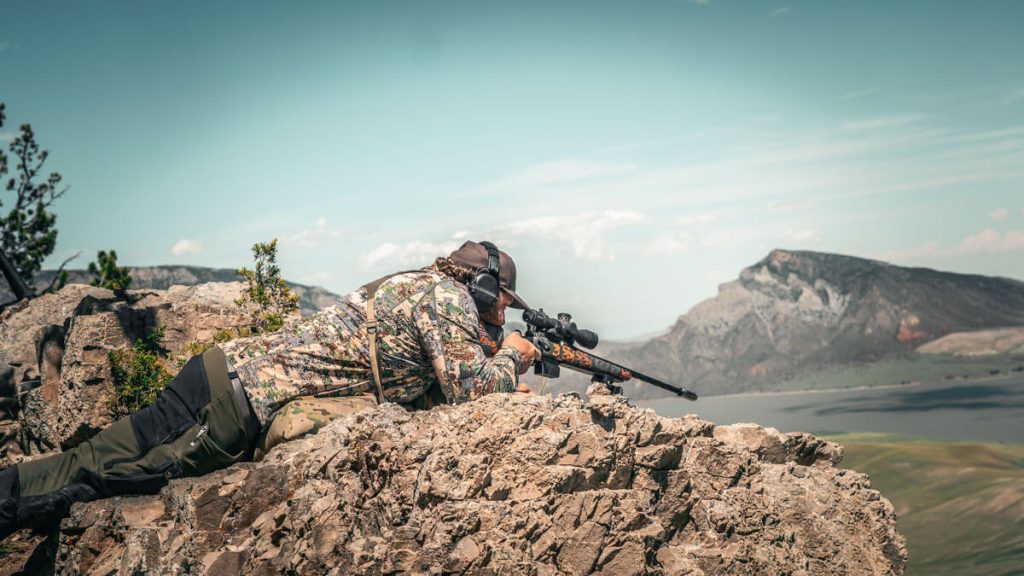
6. Efficient Gear Setup
- Have a streamlined and efficient gear setup. A comfortable, well-organized pack is essential for carrying all your equipment and deploying it quickly. The only thing that you can have in your hands when the four minutes starts is the rifle. All of your other gear has to be attached or in your backpack. You carry it around all day and you must be able to access it quickly.
7. Reliable Tripod
- A sturdy and reliable tripod is indispensable for stability and accuracy. You glass off of it to find the targets faster and you range for more accurate readings. Sometimes you shoot off of it.
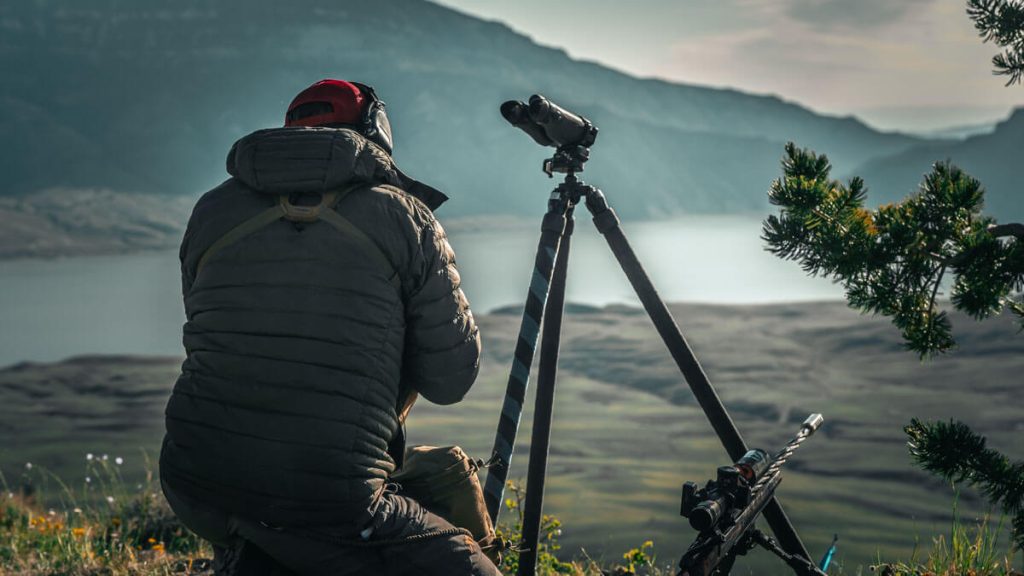
8. Good Binos and Rangefinder
- Use high-quality binoculars and a reliable rangefinder. If you can’t find or range the targets, you can’t shoot them. The targets aren’t painted and in certain light conditions are extremely difficult to see even if you can find them. If your rangefinder gives you incorrect distances you’re going to miss!
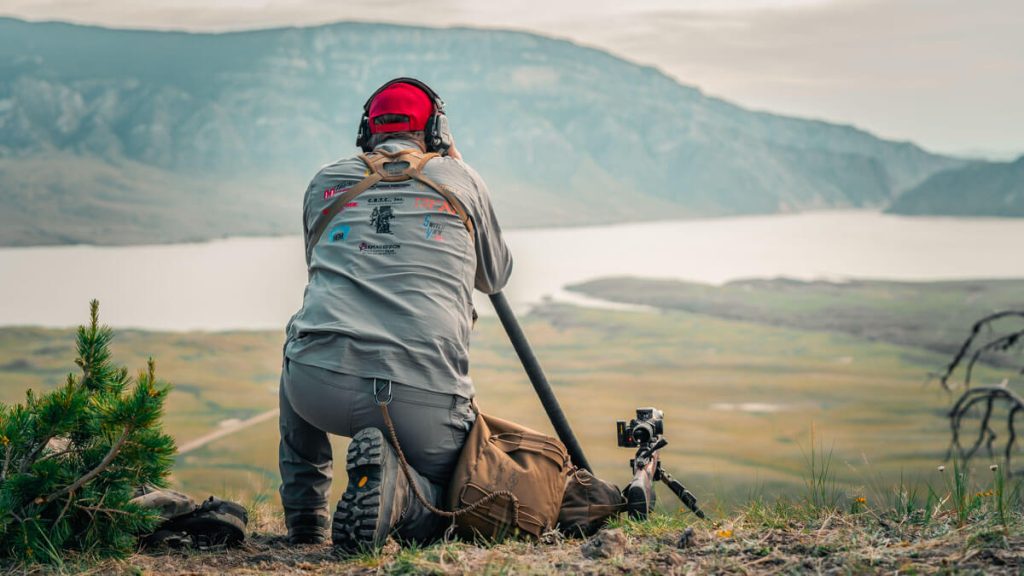
9. Time Management
- Practice time management. Being able to set up your gear and start shooting quickly is crucial given the four-minute stage limits. I was surprised at how long it takes to set up a tripod, load your rifle, place bags, etc. Being slow and inefficient eats into your time to find and shoot the targets.

10. Know Your Rifle Wind Number
- Learn your rifle’s wind number to make quick adjustments for wind without needing to consult dope sheets constantly. The wind was different on nearly every stage because it changed all day and because the angle and direction of fire for stages were different. One stage might have you shooting down into the valley where the wind is doing something completely different than in the canyon. Leave us a comment if you want more information on how to find your rifle’s wind number and we can do an article or video if there is enough interest.
11. Spotting Your Shots
- Practice spotting your own shots and misses. Self-reliance is key since there’s no coaching allowed during the match. Nobody helps you find or hit the target. The RO watches for hits but won’t tell you where you missed.
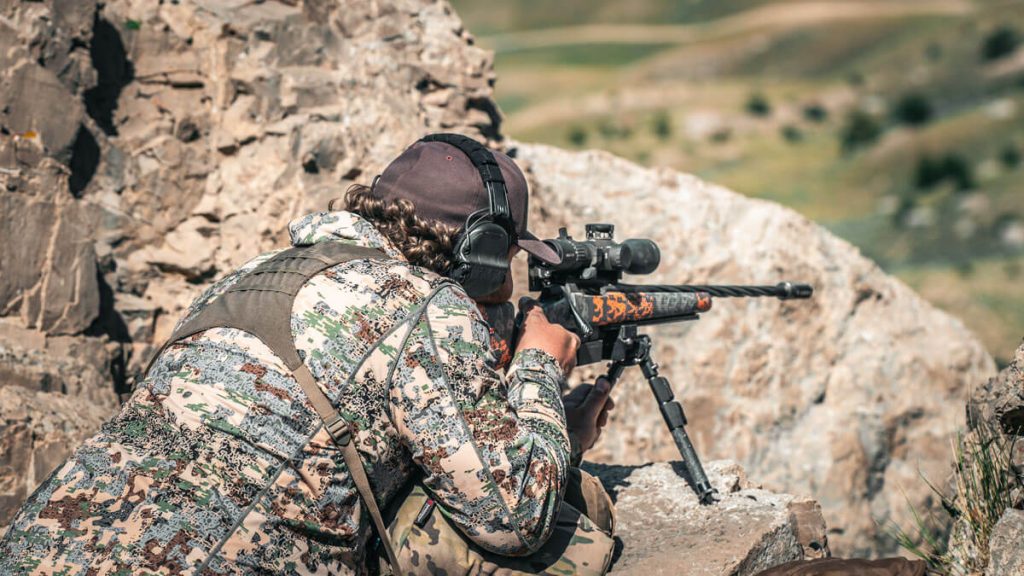
Gear I Used in the Hunter NRL
I asked Bennie what he used to win and copied his setup with a few minor differences which I’ll call out below.
Rifles and Optics
- Rifle: Seekins Precision PH2 in 6.5 Creedmoor
- This rifle is known for its accuracy and reliability. It’s very competitive in the factory division and I saw lots of other shooters shooting them at the match. The 6.5 Creedmoor caliber is a popular choice for long-range shooting due to its flat trajectory and manageable recoil. The rifle has a great carbon fiber stock, Triggertech Diamond Trigger, Detachable Magazine, and a very accurate steel barrel.
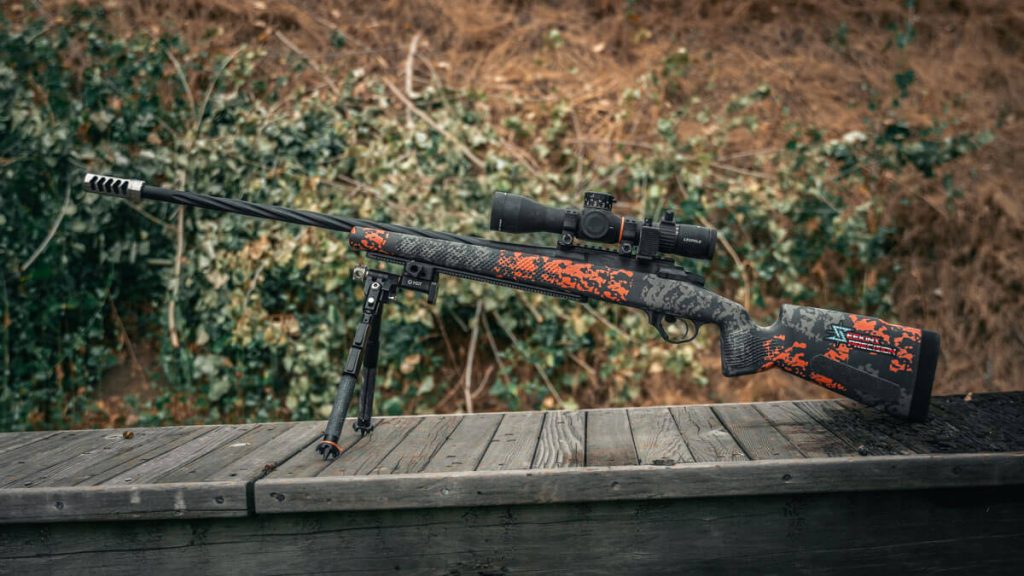
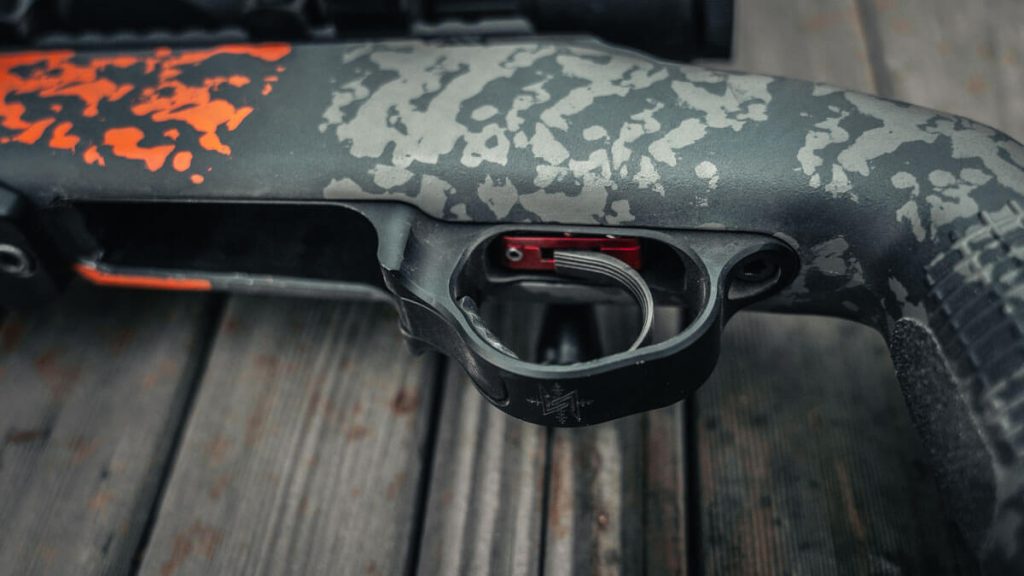
- Scope: Leupold Mark 5 3.6-18x with PR2 reticle
- The Leupold Mark 5 offers crystal-clear optics and precise tracking. The PR2 reticle is designed for precision shooting, making it easier to make accurate holds on the fly.

- Turret: Custom Leupold speed dial for better visibility
- The custom speed dial is larger than standard turrets, providing better visibility and ease of use, especially in high-pressure situations.
Rifle Accessories
- Arca Rail: Area 419 12-inch rail for flexible bipod and tripod positioning.
- The Area 419 rail allows for versatile bipod placement, which is crucial for adapting to different shooting positions and terrain.
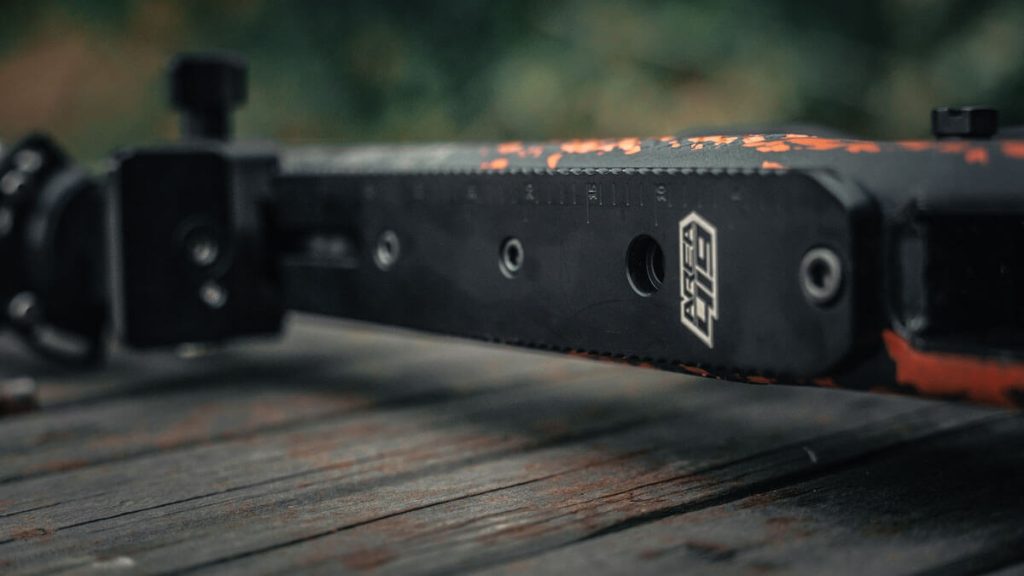
- Bipod: MDT CKYE Pod double pull.
- The MDT CKYE Pod is highly adjustable, offering stability on uneven ground. The double-pull version provides extra height. Bennie used the lightweight version of the double pull.
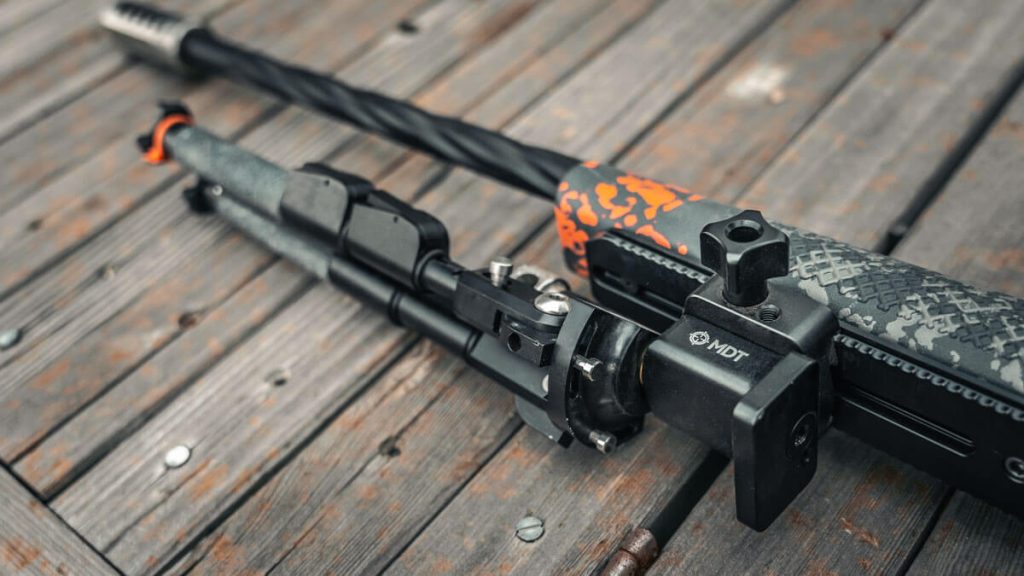
- Muzzle Brake: Axis Gun Works Enabler, a five-port titanium brake for recoil management
- This muzzle brake significantly reduces recoil, allowing for faster follow-up shots and better target acquisition.
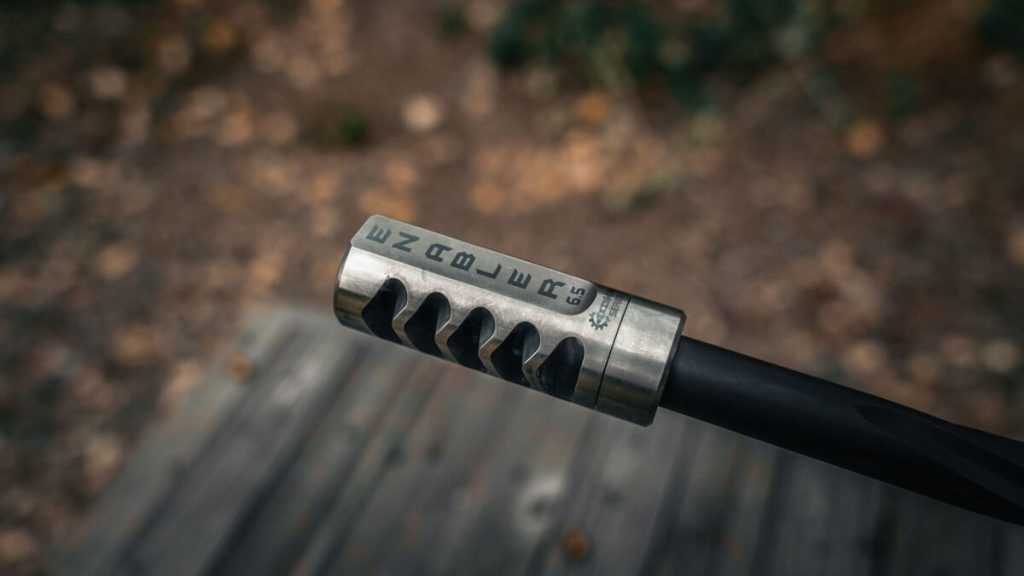
- Rings: Leupold high rings for a comfortable head position
- High rings help keep your head in a more natural, upright position, reducing strain and improving sight alignment.
- Level: MDT LRA SEND iT – MV3 Electronic Level for instant feedback on rifle cant
- The MDT SEND iT level provides a clear visual indication with LED lights when your rifle is level, ensuring more accurate shots, especially on steep angles.
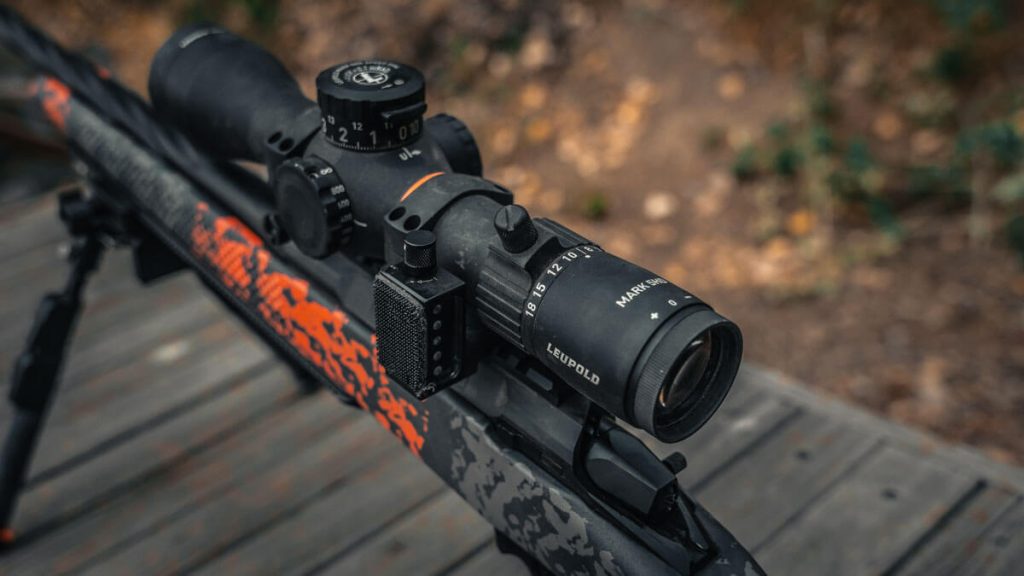
- Timer: MDT Crush IT – Stage timer for managing stage time
- The MDT timer helps manage your time on each stage, giving you audible warnings as the clock winds down. This is a new product and I borrowed Bennie’s.
- MDT Five Round Magazines with Three Round Extensions.
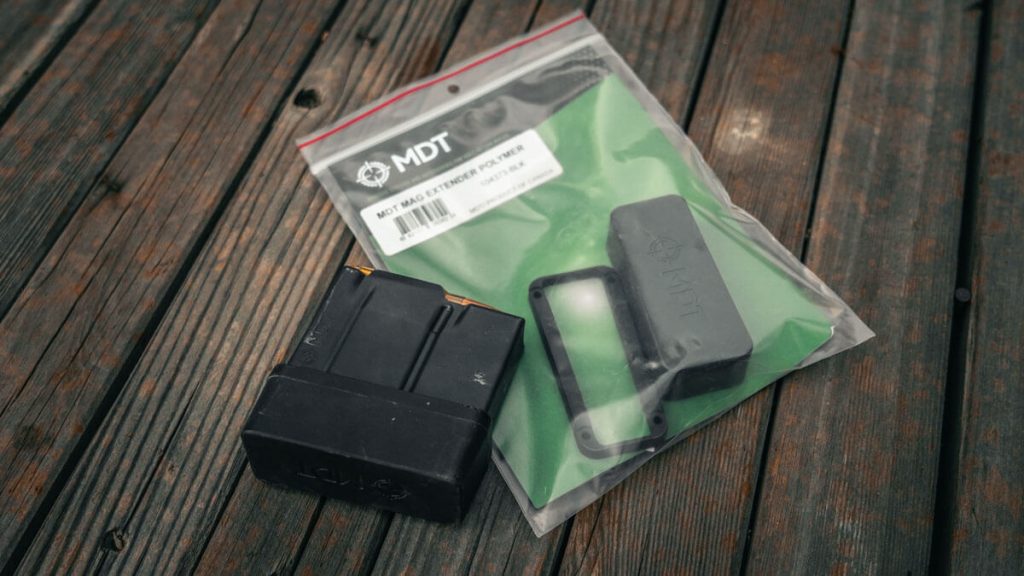
Rangefinding and Spotting
- Binos: Bennie used Swarovski EL rangefinding binoculars and I used the Sig Kilo 10K Gen 2′s with Applied Ballistics. I used the ballistics in the rangefinder the entire match.
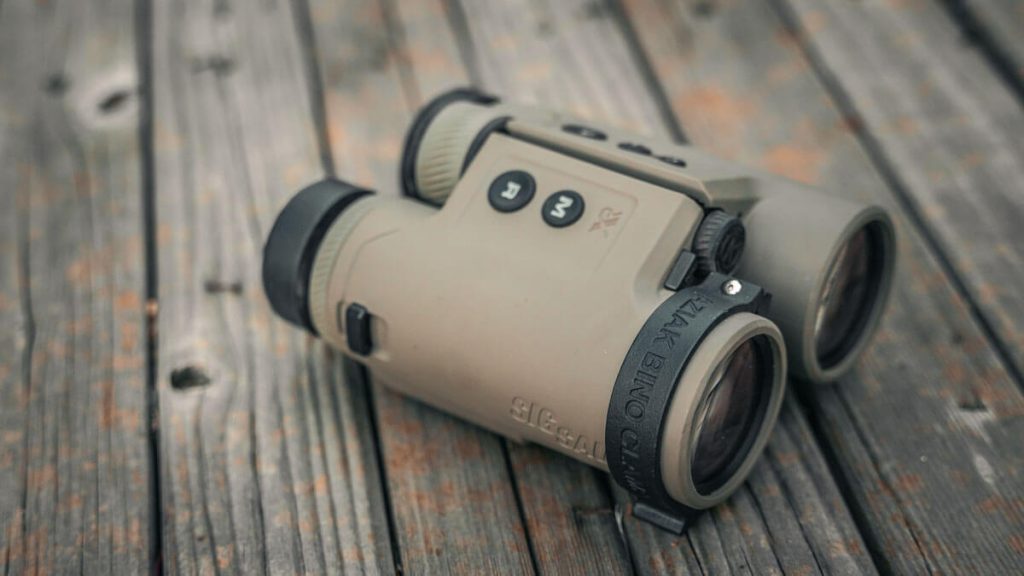
- Tripod: Really Right Stuff (RRS) TFCT 33 tripod for stable spotting, ranging and shooting off of.
- The RRS tripod is robust and stable, providing a solid platform for spotting and ranging at long distances. It’s the best tripod on the market and also one of the most expensive. We both used different models but they both have the RRS Anvil 30 head.
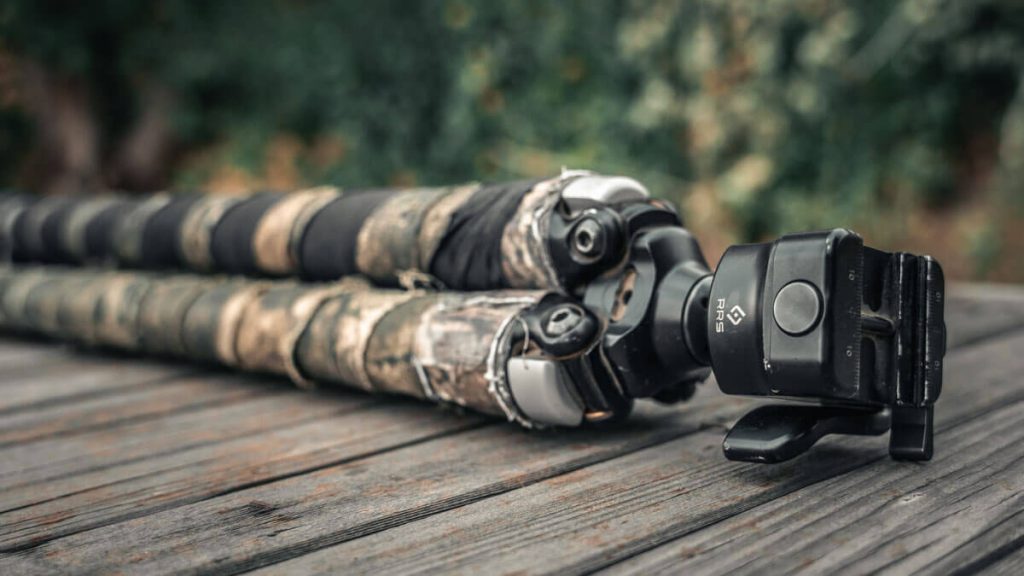
Hearing Protection
- Ear Muffs: Safariland Liberator HP 2.0 electronic ear muffs with gel cups for comfort and noise reduction
- These electronic ear muffs provide excellent hearing protection while allowing you to hear range commands and ambient sounds. The muzzle brakes were loud and the Safariland ear muffs were great. I didn’t get a headache from wearing them all day multiple days.

Support Bags for Shooting
- Pillow Bag: Armageddon Fat bag for versatile support
- The Armageddon Gear Fat bag is lightweight and provides versatile support in various shooting positions. This bag is large but lightweight and I used it several times to get higher or to fill in areas on awkward positions.
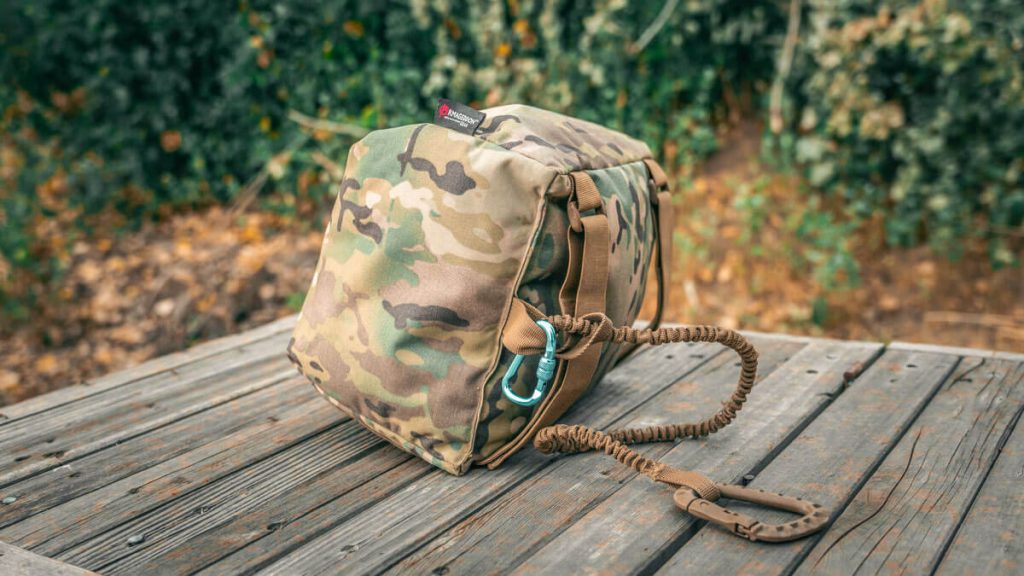
- Game Changer: Armageddon Gear Game Changer with heavy fill for solid support
- This bag is heavier and offers solid, stable support for your rifle, making it easier to maintain accuracy.

Miscellaneous Gear
- Armbands: Amazon armbands for writing dope and quick reference
- These armbands allow you to write down and quickly reference your dope, making adjustments on the fly easier. I used the wet-erase markers and wrote right on the clear plastic.

- Chest Harness: Eberlestock Recon chest pack for binoculars
- The Eberlestock chest pack keeps your binos easily accessible and protected.
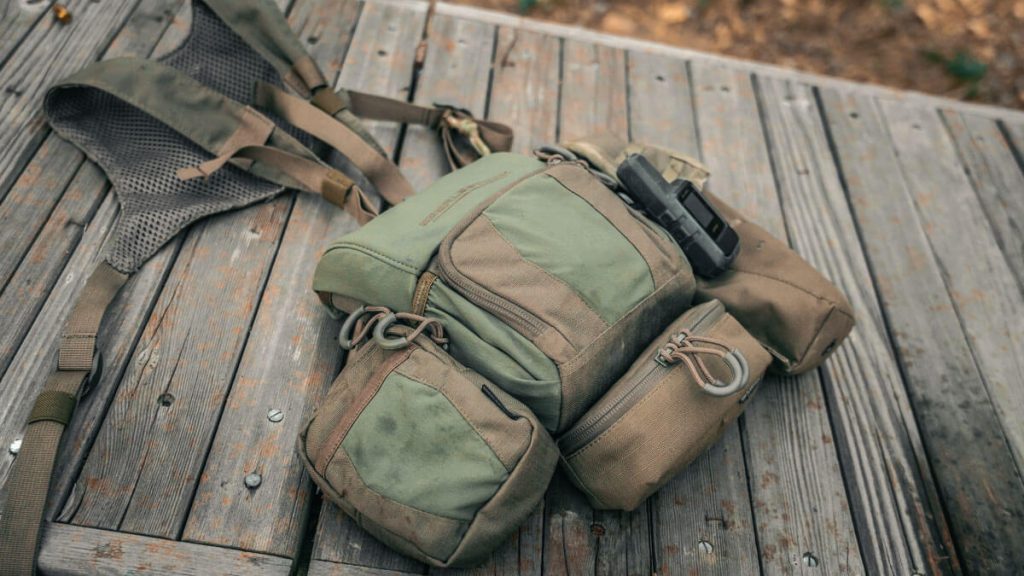
- Backpack: Eberlestock backpack for carrying all essential gear. I carried my rifle in hand and my tripod in the scabbard.
- A well-organized backpack is crucial for carrying all your gear comfortably and efficiently.
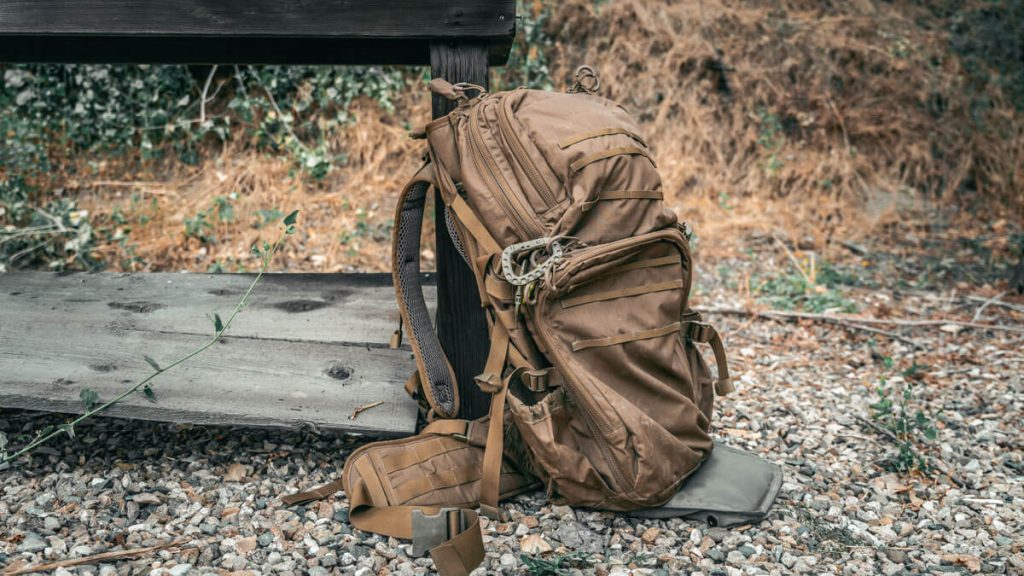
- Ammo: Hand-loaded Hornady 153-grain A-Tips with small rifle primers and Hodgdon 4350 powder in Lapua small primer brass gave me a very consistent and accurate load.
- Hand-loading allows for more consistent and accurate ammunition. The Hornady 153-grain A-Tips are known for their excellent ballistic performance.
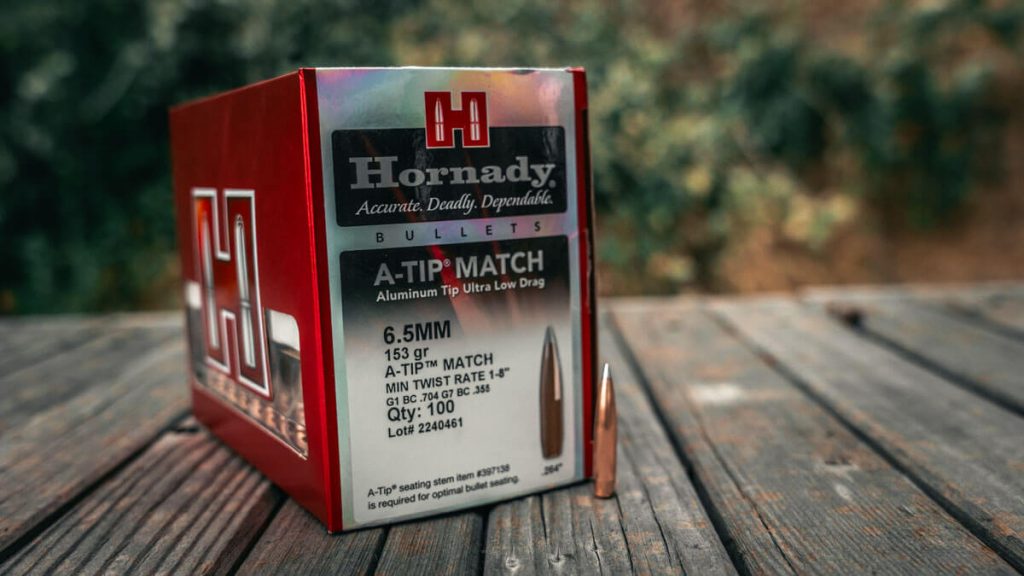


- Garmin Xero C1 Chronograph: We used the chronograph while truing and to ensure that our ammunition was consistent.
- Shirt: I wore a Forloh SolAir Hooded long sleeve shirt with cooling technology and permethrin to keep ticks off.
- Pants: Forloh BTM Pro Pant. They are stretchy, articulate, have knee pad holders and they basically have built in gaiters at the bottom.

Final Thoughts
Participating in the Hunter NRL match was a humbling and rewarding experience. Shooting alongside a pro like Bennie Cooley provided invaluable insights and tips. By focusing on consistency, quality gear, and efficient practices, you can significantly improve your performance and enjoyment of the sport. If you have the chance to participate in one of these matches, grab it – the experience is truly one-of-a-kind.
Match Results
We experienced a windstorm with winds up to 40 MPH during the match and Bennie fell from 1st to 3rd place. He’s an incredible shooter and a wealth of knowledge. I finished 11th which I’m okay with for my first Hunter NRL Match. If you want to shoot the match next year they only take 130 shooters so make sure that you get signed up early.
Learn more about Hunter NRL HERE.
